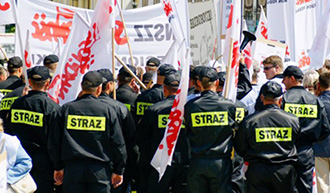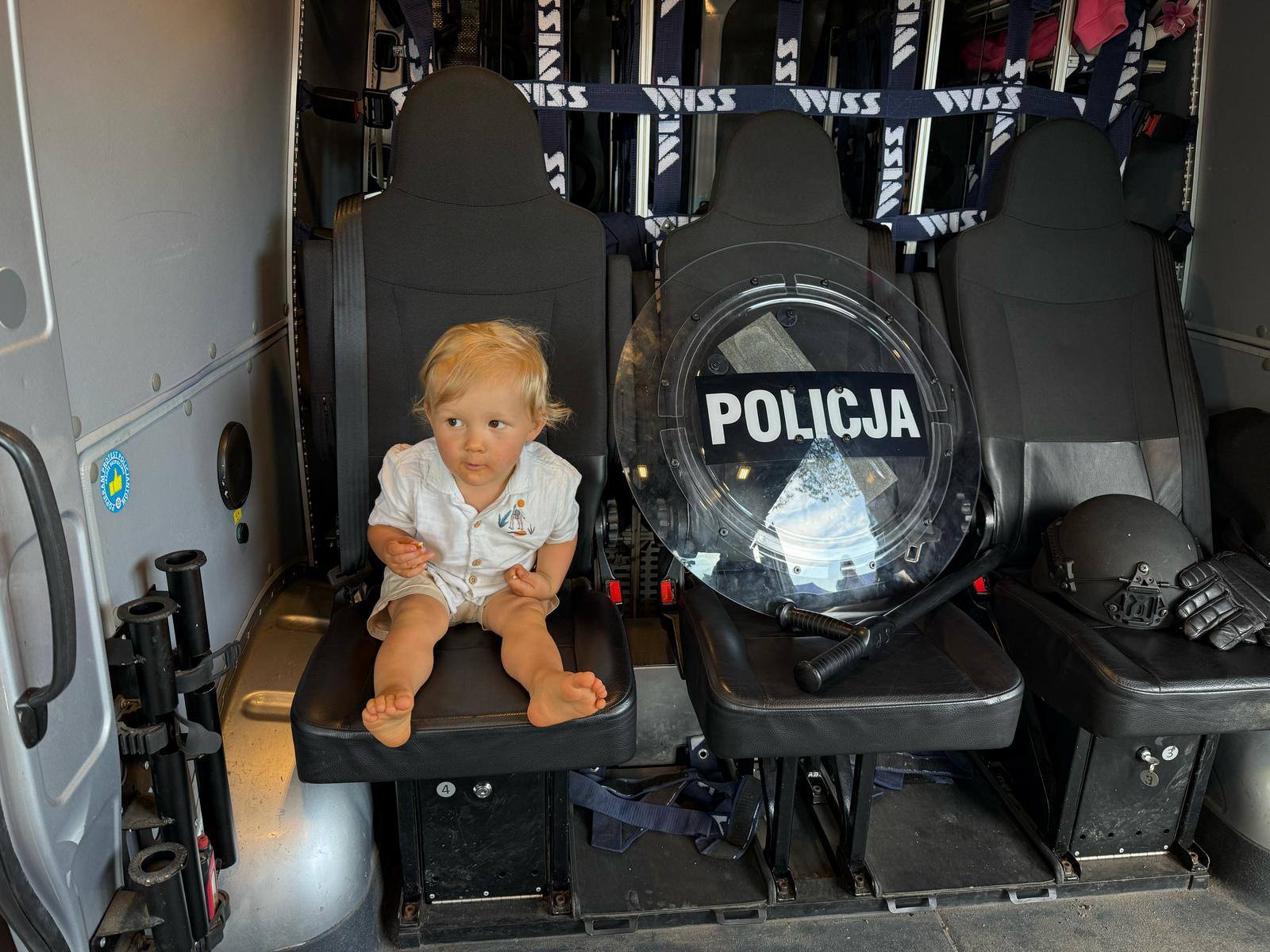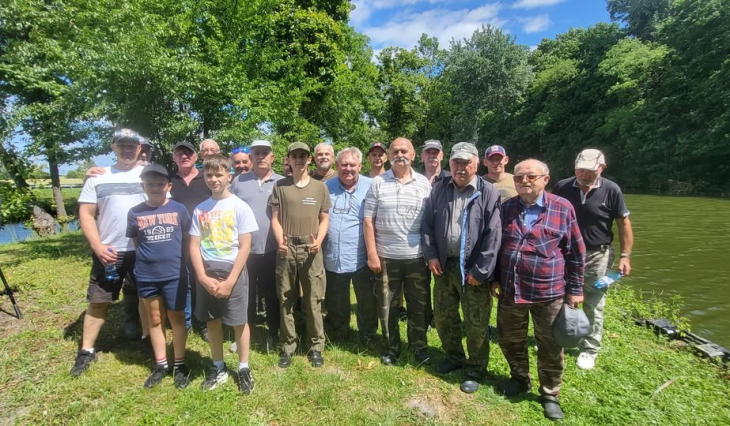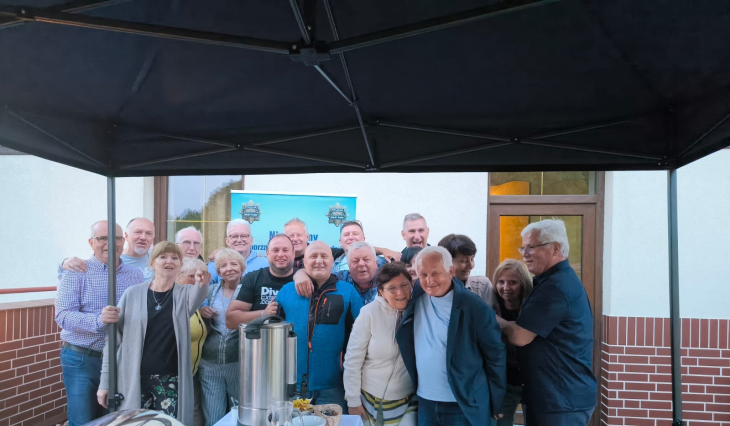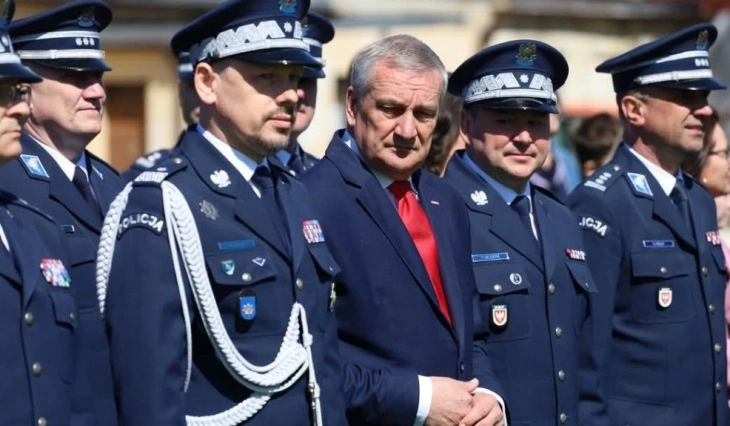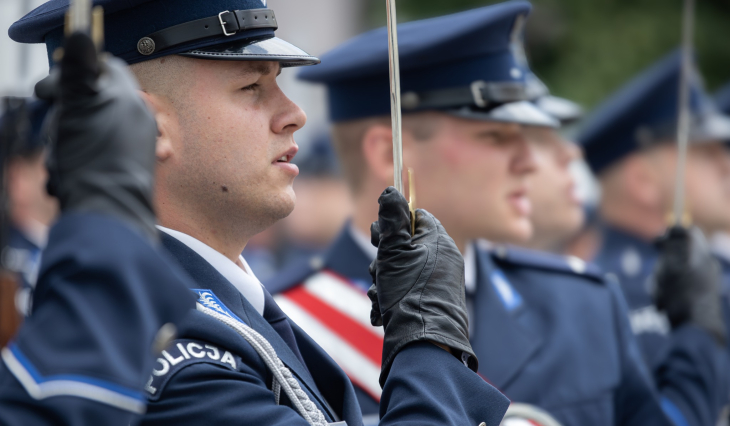Anniversary of the disastrous outbreak of the Warsaw Uprising.
Today in our calendar we will look at the last moments before the outbreak of the 1944 armed uprising in Warsaw.
In June 1944 a large operation of the Red Army codenamed “Bagration” began, during which large losses were committed to Germany and Belarus. In July the Soviets approached the Vistula River and occupied Warsaw Prague. Although inactive in March 1944, “Bór” excluded the capital from the action “Burza” (due to the possible for gigantic losses among civilians and cultural assets), an expanding number of officers insisted on organizing an armed uprising in the city. This was led by Antoni Chruściel ps. “Monter” and dropped by the British on 21 May by Leopold Okulicki ps. “The Bear”.
Okulicki brought to Warsaw pessimistic news about the Tehran conference, which additionally electrified the Main Headquarters. As reported by Colonel Kazimierz Pluta-Czachowski, Okulicki established a network of contacts that he utilized to force command to trigger the uprising. He felt that in the face of the betrayal of allies, it was essential to make a strong military statement, the scale of which would shake the world's opinion and change what had been established by Churchill, Roosevelt and Stalin. Together with Chrushiel, he argued that the independent military speech and the mastery of the capital would put Stalin in an uncomfortable political situation, and the Allies would force him to recognise Polish independence.
The opponent of the insurgent concept was among others. Janusz Bokschanin ps. „Sęk”, who claimed that it would only lead to the demolition of the city and the death of thousands of its inhabitants, and Tehran will not quit anyway. He felt that there were not adequate insurgents and weapons in Warsaw. He calculated the number of German divisions under the city and the fact that russian aid should not be counted. In a akin tone, Kazimierz Sosnkowski himself spoke, who stated in a communication to the AK office of June 1944: "Allies in Tehran decided about the destiny of Poland. Our function in this war phase is over. It is essential to abstain from large bleeding activities, due to the fact that it is already a pity for all drop of blood, especially Polish youth.”
The Chief Leader considered possible fights only in the event of Germans withdrawing from the capital. As a result, the formation of a military personnel organization with the code name "NO" was accelerated in 1943. It was intended to extend the conspiracy in the event of the russian occupation. Her commandant was Okulicki, who adopted the fresh nickname “Nowak”.
During the next gathering of the command, an insurrection atmosphere was growing, which was ignited by Okulicki and Khrushiel and the convinced Head of Staff of KG AK, Tadeusz Pełczyński, ps. “Adam”. Okulicki rejected any arguments of the opposing organization about weak arms of his own, crucial German forces, or not so shortly relief from the Soviets or Western allies. Those who opposed the uprising pacified them with moral arguments, without a uncertainty calling them cowards and defetitors.
Finally, on July 21, most of the KG were convinced of the request to call battles. From that point on, preparations for tactical plans, gathering of men, weapons and ammunition began. The weapons reports were not optimistic. For most soldiers, there were no guns or grenades, no anti-tank and anti-aircraft weapons. The weak state of arms was caused by the decisions of “Bor” Komorowski, who had depleted the Warsaw arsenal in erstwhile months, giving a large part of it to troops active in the operation “Burza”.
As if there were little, the recklessness of command caused that part of the weapon was not utilized at all during the fighting. respective warehouses were located in places where the insurgents were incapable to scope before the uprising or lost contact with their guardians, for example, after the war the communist authorities found a box at 18 Leszno Street, where there were 678 unused device guns, with a mass of ammunition.
"Bór" Komorowski was not entirely convinced about the decision to start fighting. He must have been impressed by the fact that on 22 July a Marianite, communist government was established, organizing the administration for the “liberated” from the Polish business – PKWN. At the same time, Moscow radio was constantly calling for the capture and liberation of the capital. 2 days before ‘W’ hour, An emissary of the emigration government Jan Nowak – Jezioran arrived to the town, who reported that the aid of the Allies should not be counted, and the possible outbreak of the uprising would not change their decision.
This caused further fluctuations in command, which was calmed by Chruściel "Monter". On July 31, he went for a ride towards Prague, where he heard from local women that russian tanks were near. This completely false information was to force the order to rise. He coordinated his action with a completely self-involved alarm, during which soldiers learned how mediocre weapons they had. Those who did not receive a firearm, the Chrościer ordered to equip them with axes and picks (see January Uprising drugalers).
This order was cancelled by Komorowski, and people went home. Another command meeting, ended around 2 p.m. with an impasse and a decision to await the russian maneuver rounding the capital. Despite this, for not rather clear reasons (probably the blackmail of Okulicki and Khrushiel) around 17.40 p.m. "Bór" Komorowski agreed to start the uprising the next day at 5 p.m. A minute after signing the order, his quarters were informed of the detention of russian armoured corps at Volomina, which indicated the beginning of the uprising without hope of fast rescue. He may have cancelled his order, but he's completely broken. “There is nothing to be done”.
The decree of the outbreak of fighting for an evening hr was a major mistake, as fighting after dark was difficult. In addition, the order did not scope all troops, and there was a deficiency of coordination. As a result, the momentum of the Polish revolt was small, and the first interception of rather crucial areas of the capital was conditioned by surprise and a alternatively weak German defence. After a fewer days of fighting, it turned out that no of the intended goals were achieved, and aid from outside as it was not going to be.
Command should reconsider and end the fighting. Desperate resistance, however, continued, with troops strengthening young scouts, old men, women, and children. The fight was besides joined by NSZ soldiers, and even communist militias in the city. Due to the harm and cut-off of individual sections, they were contacted utilizing urban channels. Across the street barricades and anti-tank dams were built.
The deficiency of weapons, equipment, and training shortly became known. In an avalanche way, losses grew among both the fighting and the civilian population. The Germans slow brought troops to the capital, which systematically destroyed further outbreaks of resistance. The Soviets stopped their offensive, with satisfaction watching the uplifting of the city. Stalin was arrogant that he could kill 2 birds with 1 fire, that is, destruct the main forces of the Polish underground and weaken the Germans.
The insurgents were completely defenseless against air strikes and artillery. In turn against tanks they had only a tiny amount of grenade launchers and primitive molotov cocktails. On August 18, German army commander Erich von dem Bach-Zelewski made a proposal for surrender, which Polish command rejected.
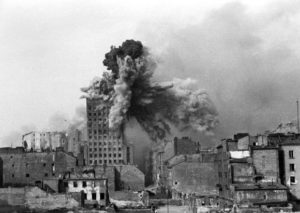 Fights for the building of the Polish Action telephone Company (PAST).
Fights for the building of the Polish Action telephone Company (PAST).During the suppression of the uprising, especially cruel were soldiers from the Ukrainian Legion of Self-defense, Russian Liberation People's Army (RONA) Bronisław Kamiński, and criminals from the 36th SS grenadiers division under Oskar Dirlewanger. Since the first days of fighting, mass executions of civilians have begun, especially in the Wola district. Hungarian troops gathered under the city helped Polish refugees, but were withdrawn by the Germans to another section of the front.
The government in exile demanded on the Allies the organization of supply drop for the fighting, nevertheless Stalin refused to usage russian airports. erstwhile he yet agreed to this and the drop was arranged, most of the weapons and food were put into German hands. Stationed on the another side of the Vistula Sigismund Berling, he organized with the approval of Soviets the landing of soldiers of the 1st Army of the Polish Army. However, this did not work out very well due to the fact that the Berliners had no experience of street fighting and suffered crucial losses. The troops of the AK ‘Kampinos’ group moved to aid the insurgents, but they were besides repulsed.
On the night of October 2, 2, 1944, an act of surrender was signed. Insurgents with “Borem” Komorowski headed for captivity and civilians were displaced or deported to camps. Later, the Germans proceeded to deliberately destruct buildings that survived the fighting. The uprising consumed about 200 1000 Polish soldiers and civilians in Warsaw. The Germans lost about 17 1000 killed and wounded, mostly from Russian and Ukrainian collaboration units. The city was in complete ruin.
Thanks to the Uprising and decimation of the most patriotic Poles, The Soviets had a facilitated mission to install their power in our country.
Previous entry from our calendar is available Here.










